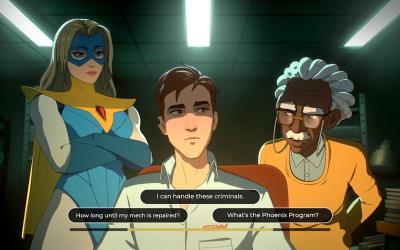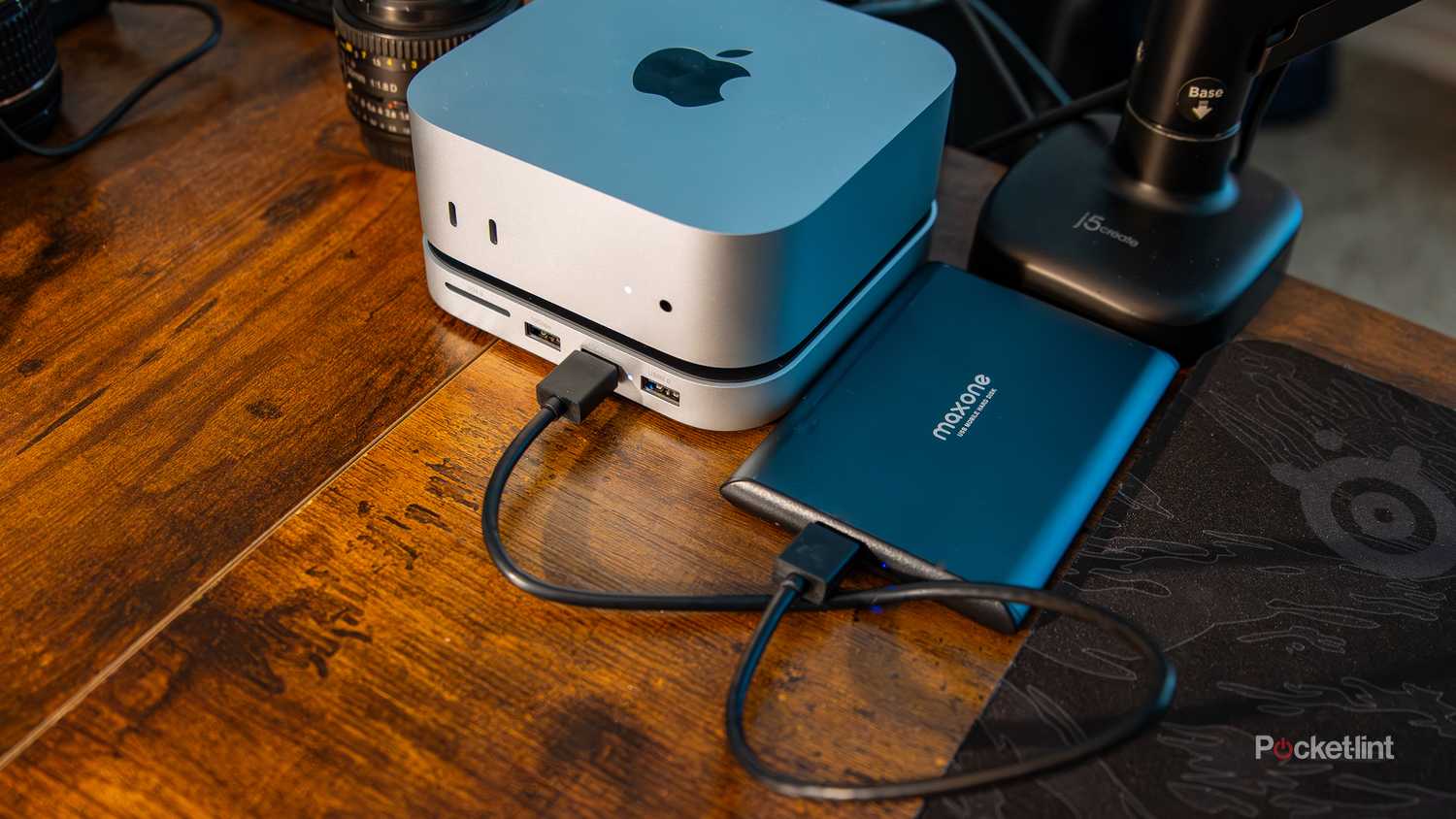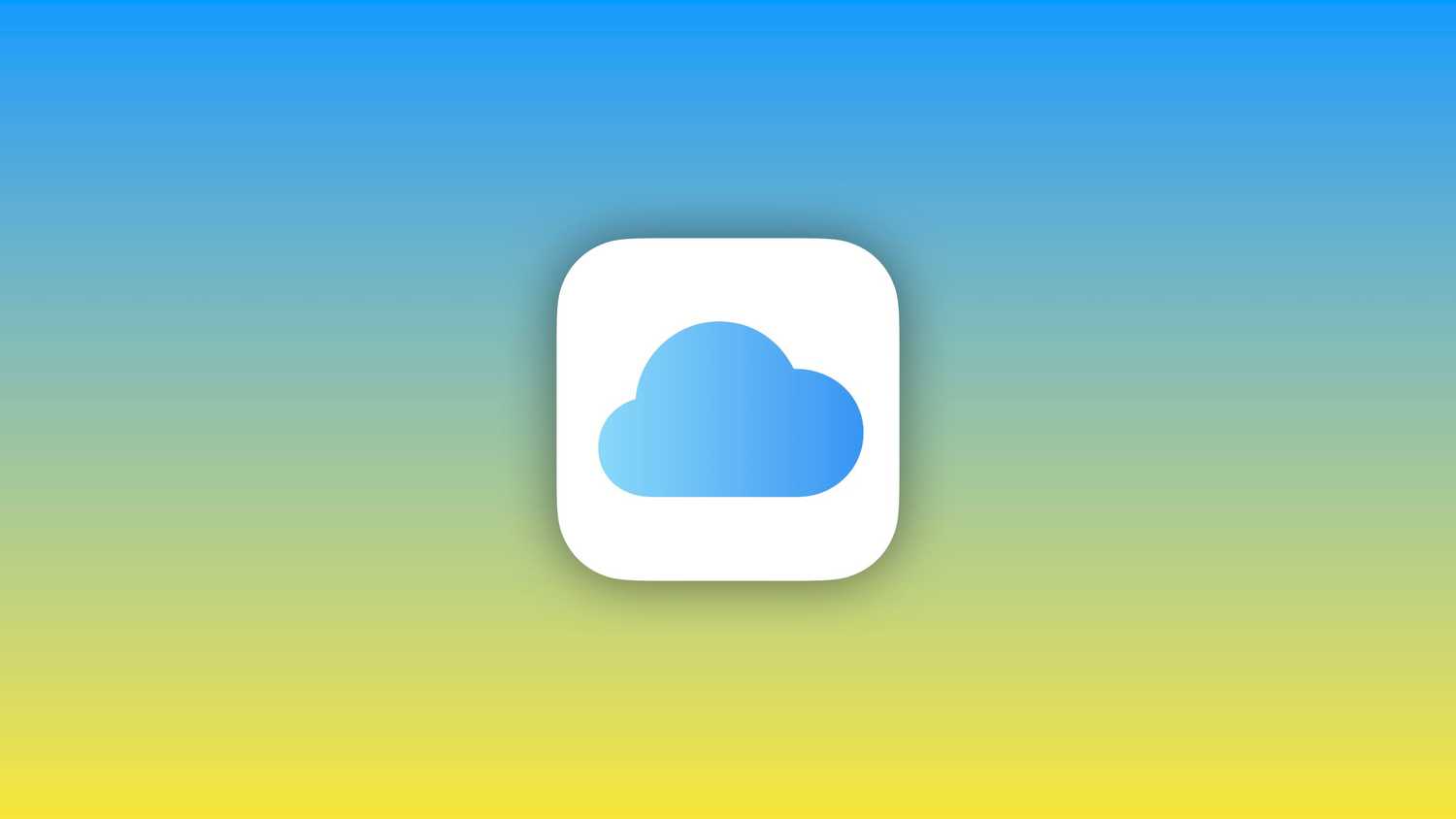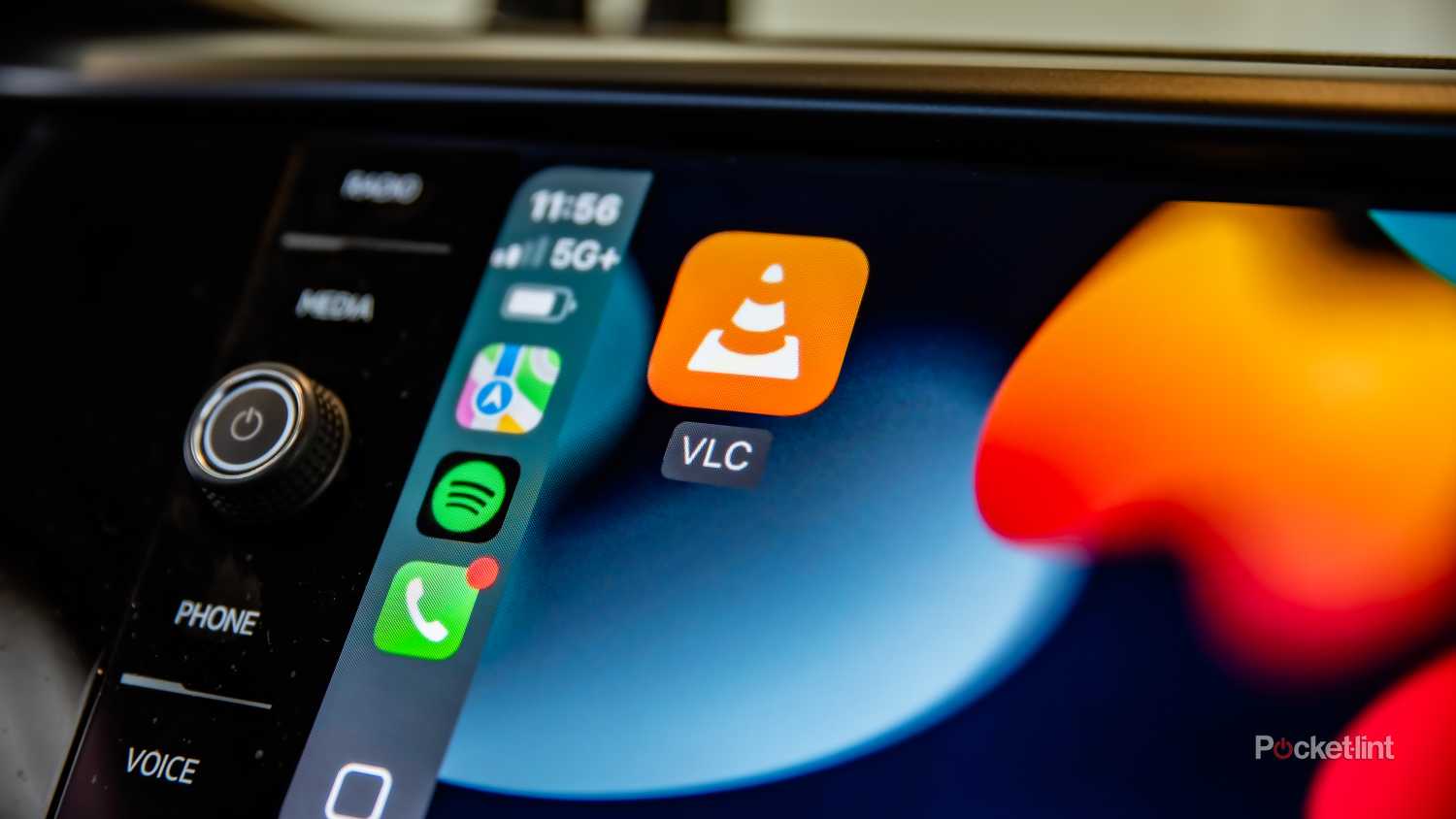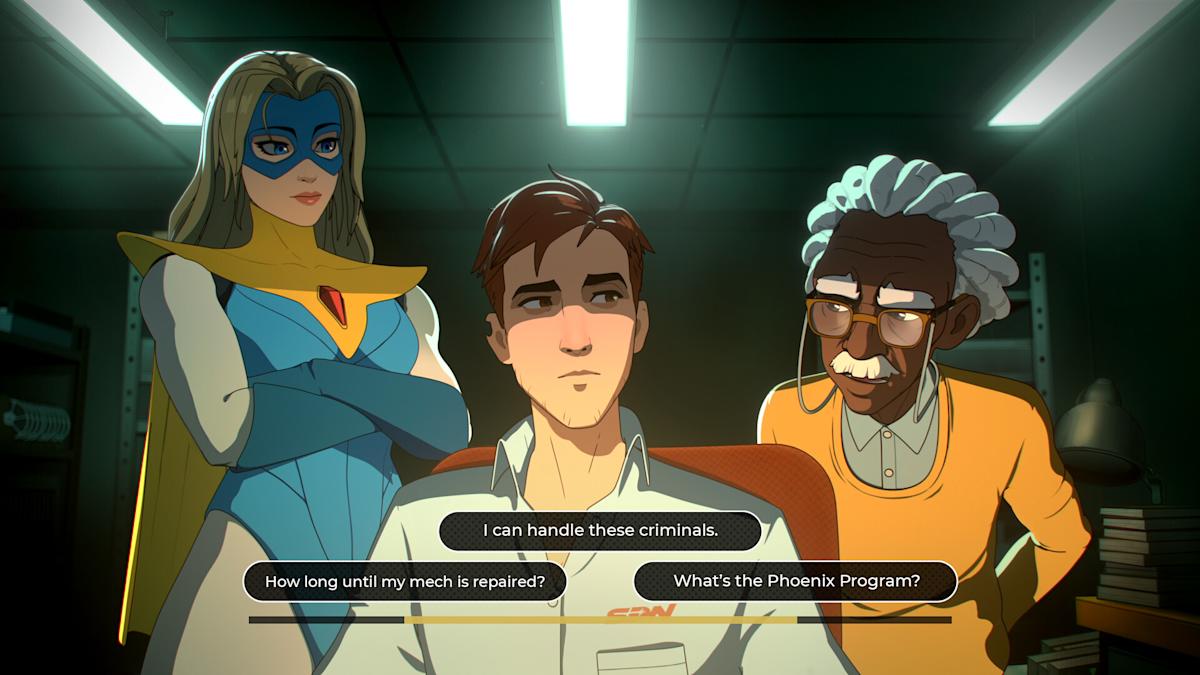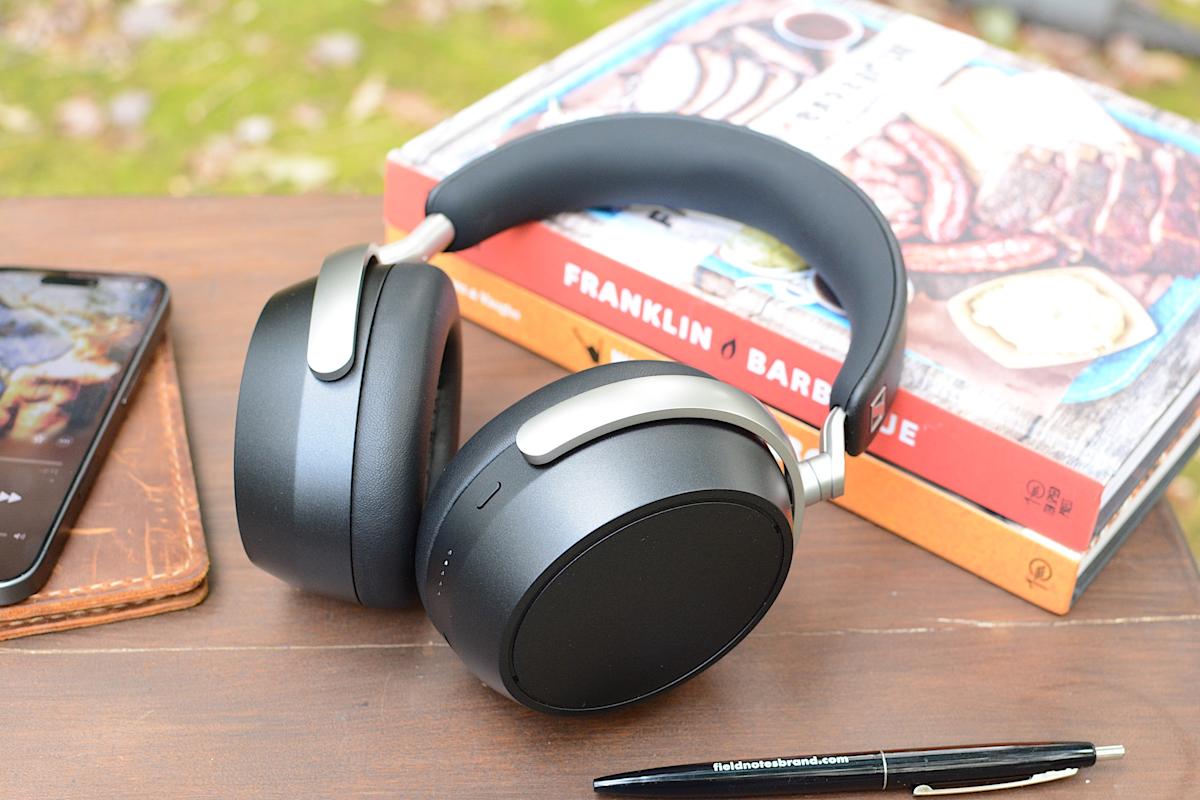Once upon a time, just the idea of network-attached storage (NAS) seemed needlessly complicated to me, never mind putting it in my house. If you’re unfamiliar, NAS refers to any storage drive you access through a local network, rather than directly from your PC or Mac.
Often, the focus of the NAS market has been on multi-bay systems aimed at businesses and video professionals — and in that sense, it’s no wonder I was intimidated. I’m a journalist, not someone editing 4K feature films or backing up massive coding projects.
The truth is that NAS technology can be as simple as an SSD plugged into your router’s USB port. And in many homes, that alone can open up possibilities. I still don’t need one for my own lifestyle — but these are a few reasons I could see myself stepping up.
An offline video library for everyone
Freedom from the chains of streaming
Subscription services are often good enough for movies and TV shows if you’re not picky. Unfortunately, the dream of a digital Blockbuster Video is dead. Catalogs are scattered across multiple services these days, with each company hoping that exclusives will get you to pay up. Meanwhile, some titles are rarely available on streaming, if ever. Good luck trying to watch movies like The Devils or Wild at Heart. Some platforms seem to pretend that movies didn’t exist before 1970 — at one point recently, the oldest movie on Netflix was 1973’s The Sting.
An offline video library can initially be expensive to set up, since on top of the drive, you’ll need to amass a collection of Blu-rays or DVDs to rip, assuming you’re not sailing the seven seas (ahem). But once you’ve got that out of the way, you’re free of monthly fees, and your favorite movies won’t suddenly disappear because of a licensing deal.
Computers can break or be stolen, and even if neither of those things happen, there’s still the risk of corruption, at which point you’ll be lucky to retrieve anything.
You can set up an offline library with or without a NAS, since many people just use one of their computers as a media server. The advantage of the NAS route is that a library can be accessed from any device in your home, at any time — and if you get a NAS with its own onboard processor, it can run that server software locally, eliminating the need to keep a computer on 24/7 as well.
Do make sure to back up your library occasionally if you can afford it, since the last thing anyone wants is to have to rip a few dozen Blu-rays all over again.
Shared backup for critical files
With or without backup software
Speaking of backups, most people understand at this point that you shouldn’t leave critical files on a computer’s hard drive and nowhere else. Computers can break or be stolen, and even if neither of those things happen, there’s still the risk of corruption, at which point you’ll be lucky to retrieve anything. If you can’t live without a file, I recommend keeping three copies: one on your computer, one on an external drive, and one in a third-party cloud locker.
When it comes to local backups, an SSD connected to your computer will probably do. But as with video libraries, NAS-mounted backups can be accessed by any device on your network, which may come in handy when you least expect it. Let’s say you’re already in bed with your iPad, but then realize that you need to make some changes to a spreadsheet you’d normally work on with your PC, which is downstairs in the office. If that file is on your NAS, you’re golden. Likewise, your child may have less reason to panic if their hand-me-down laptop gives out a day before a homework assignment is due.
It’s best to automate backups if you can, since you never know when you’ll need them. You may also want to enable remote access, but it’s usually easier and safer to turn to cloud services like OneDrive and Google Drive.
Hosting your own cloud service
Another way around monthly fees
Cloud services do indeed streamline remote access to backups, since once you’ve uploaded your files, all you need to do is sign into that service again to gain access. The downside, of course, is a recurring subscription payment, unless you’re somehow lucky enough to fit everything into the tiny amount of storage companies offer for free. Google’s 15GB is comparatively generous — Apple and Microsoft limit you to 5GB before you pay, and Dropbox provides a nearly meaningless 2GB.
If you can make your NAS accessible via the internet, it’s a far better deal. Consider that you could end up spending upwards of $100 per year for 2TB of storage from Google, whereas you can buy a 2TB SSD for less than $200 upfront.
There are catches, foremost being the need to be mindful about security, as I hinted earlier. Companies that sell dedicated NAS systems tend to include software that simplifies remote access — but if you’re just using an SSD hooked up to your Wi-Fi router, you’ll need to research the best option for that router that doesn’t leave your home network exposed.
A personal cloud also ditches the massive bandwidth and redundancy provided by data centers. If your internet connection isn’t that great, file access could be slow, and, of course, you’ll be in trouble if your NAS conks out without a fallback drive ready to go. For both local and remote access, the best redundancy comes from a RAID setup — yet that can get expensive and complicated, depending on your needs.
Running miscellaneous server apps
Video is just the beginning
I’ve left this for last for the simple reason that, outside a video collection, most people aren’t going to have the inclination to set up a server, much less the technical know-how and the cash for it. Heck, I’ve been using PCs since I was six years old, and the idea of spending a Saturday getting a NAS server running sounds distinctly unpleasant.
Unless you manage their upload and download traffic, there’s a risk of torrents interfering with all your normal online activities.
If you’re braver than I am, however, there’s a world of possibilities out there. You might, for example, make your offline music collection available from anywhere, including your car. If you regularly torrent files, you can offload some BitTorrent clients to a NAS, though you’ll still have to cope with the extra network bandwidth that consumes. Seriously — unless you manage their upload and download traffic, there’s a risk of torrents interfering with all your normal online activities, like gaming and Netflix.
There are ways of simplifying things somewhat, for instance by using Synology’s built-in Docker support. If neither of those names mean anything to you, it might be best to stick to the NAS uses I’ve already suggested.

